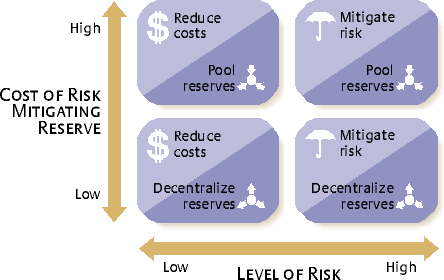In today’s fast-paced world, businesses are constantly facing challenges when it comes to their supply chain. From natural disasters to global pandemics, there are a variety of risks that can disrupt the flow of goods and services. However, by implementing the right strategies, companies can minimize these risks and ensure a more efficient and reliable supply chain. In this article, we will discuss some of the top strategies that businesses can use to reduce supply chain risks.
1. Build Strong Relationships with Suppliers
One of the most important strategies for reducing supply chain risks is to build strong relationships with suppliers. By working closely with your suppliers and establishing open lines of communication, you can better understand their capabilities and potential vulnerabilities. This can help you anticipate and mitigate any potential risks before they become major disruptions to your supply chain.
2. Diversify Your Supplier Base
Another key strategy for reducing supply chain risks is to diversify your supplier base. Relying on a single supplier for a critical component or material can leave your supply chain vulnerable to disruptions. By working with multiple suppliers, you can spread the risk and ensure that you have alternative sources in case one supplier is unable to fulfill their obligations.
3. Implement Robust Risk Management Systems
To effectively reduce supply chain risks, businesses need to implement robust risk management systems. This involves identifying potential risks, assessing their likelihood and impact, and developing strategies to mitigate them. By proactively managing risks, companies can better prepare for potential disruptions and respond more effectively when they occur.
4. Adopt Technology Solutions
Technology can play a crucial role in reducing supply chain risks. By adopting advanced data analytics, artificial intelligence, and other technology solutions, businesses can gain greater visibility and control over their supply chain. This can help them identify potential risks in real-time and respond more quickly to minimize their impact.
5. Collaborate with Partners
Collaboration with partners, such as other businesses in your industry or government agencies, can also help reduce supply chain risks. By sharing information and best practices, businesses can benefit from each other’s expertise and resources. This collaborative approach can help businesses better anticipate and respond to potential disruptions in the supply chain.
6. Monitor and Evaluate Performance
Finally, businesses need to continuously monitor and evaluate the performance of their supply chain to identify areas for improvement. By tracking key performance indicators and conducting regular assessments, businesses can identify potential risks and weaknesses in their supply chain and take proactive measures to address them.
In conclusion, reducing supply chain risks is essential for businesses to ensure a more resilient and reliable supply chain. By building strong relationships with suppliers, diversifying the supplier base, implementing robust risk management systems, adopting technology solutions, collaborating with partners, and monitoring and evaluating performance, businesses can minimize the impact of disruptions and maintain a competitive edge in today’s global marketplace.


